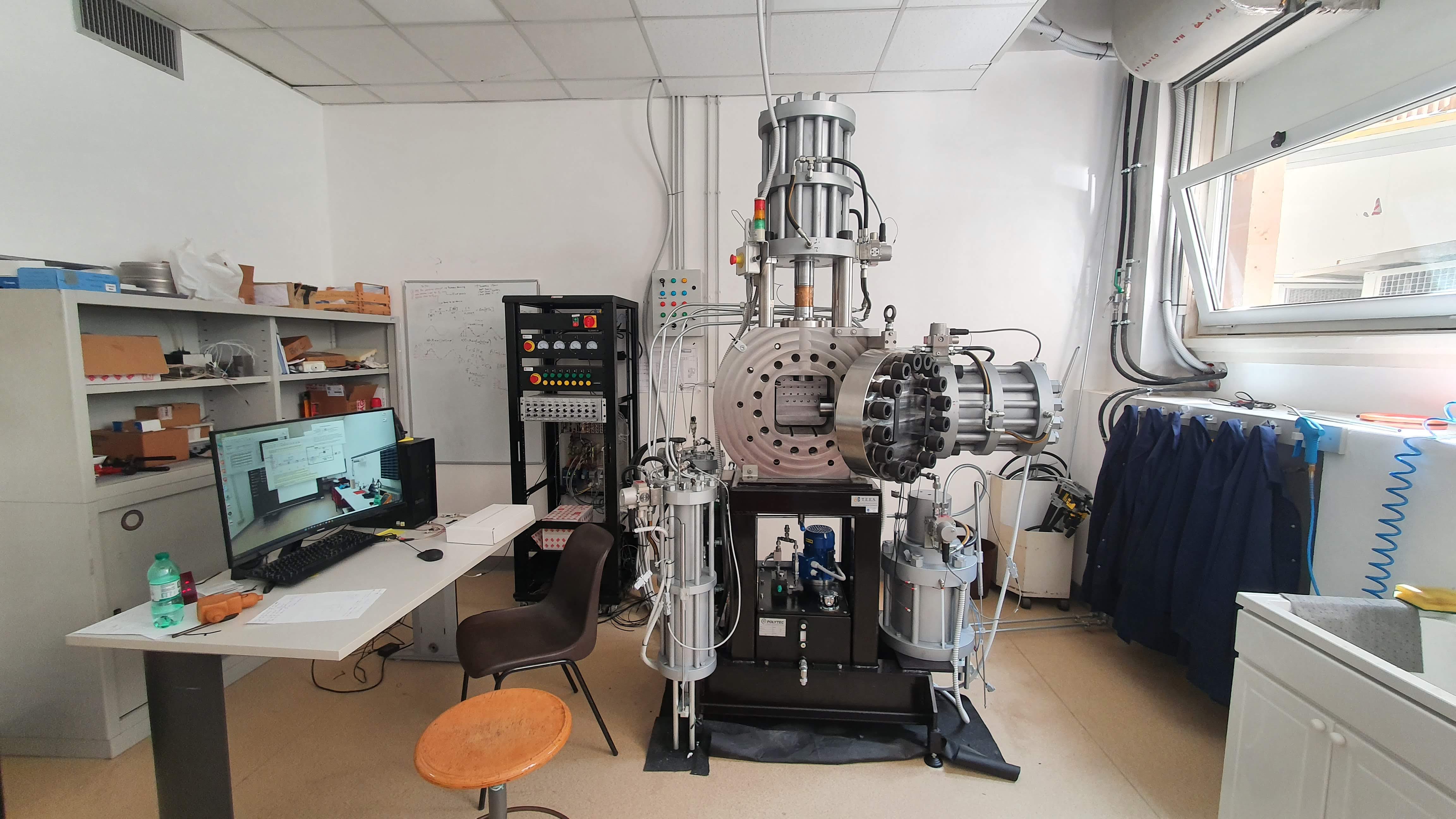Dipartimento di Matematica Guido Castelnuovo, Università Sapienza Roma

Abstract: Earthquakes and tectonic fault slip are among the most hazardous and unpredictable natural phenomena. Fluids play a key role in tectonic faulting and recent research suggests that fluids are central in both human induced seismicity and the mode of fault slip, ranging from episodic tremor and slip to slow earthquakes. However, the lack of accessibility to earthquake faults and the complexity of physical processes has limited our ability to develop holistic models for fault zone behavior. Geophysical observations have the potential for illuminating precursors to failure for the spectrum of tectonic faulting, however we lack key laboratory data to connect these observations with predictive, physics-based models. In the past 5 years we have developed two prototypes state-of-the-art rock deformation apparatuses that allows us to illuminate the details of fault behavior under a range of boundary conditions. On the ground of theoretical consideration we have been able to reproduce the full spectrum of fault slip behavior, from aseismic creep, slow earthquakes to elasto-dynamic rupture. We find systematic variation of elastic wave propagation and acoustic precursors to failure. We train machine learning models to successfully predict lab earthquakes.

